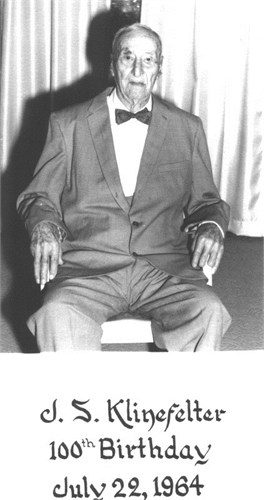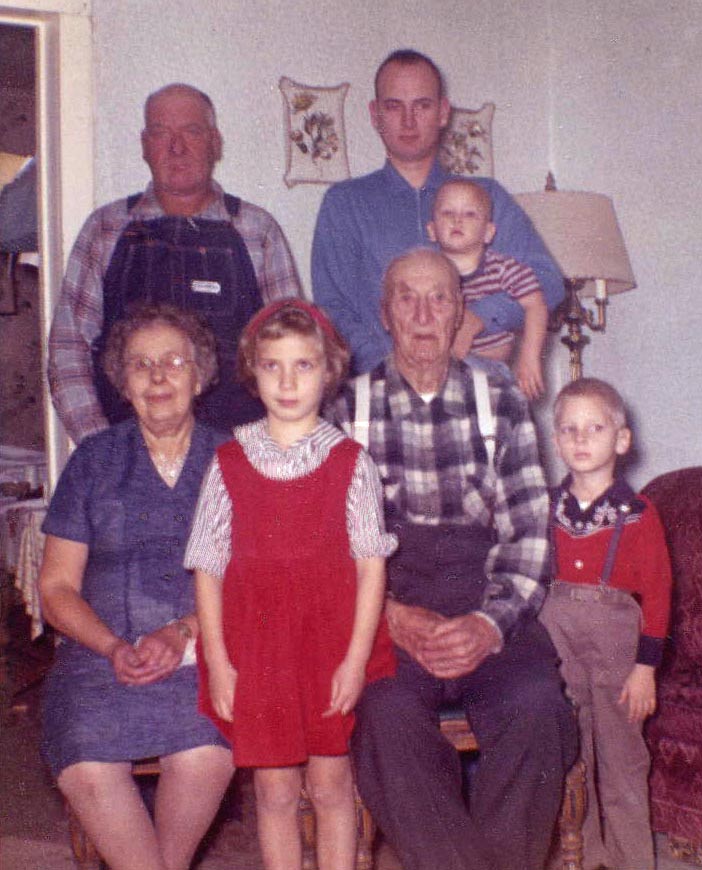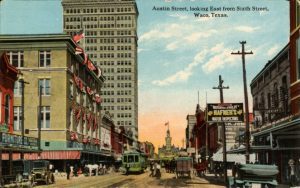
Although my Pellett family moved from Ireland to America in the colonial days, I learned many years ago that they might actually have been from France. In addition, I learned that our direct ancestor had supposedly barely escaped when his parents were persecuted for their religious beliefs.
The Old Bible
The information I received from a distant cousin, who was also a genealogist, stated that Rebecca Cole, daughter of George and Mary (Pellett) Kennedy and granddaughter of Francis A. Pellett (my 4th-great grandfather, had read the following passage at a family reunion on August 9, 1900.
“Now we come to the mother’s side and I quote a few instances that my cousin sent dictated by Uncle Lorenzo Dow Pellett and from a copy of the record as found in grandfather’s old Bible.
‘As for the record of Grandfather Pellett’s family, we will send you a copy as it is in the old Bible. It will take you back some 5 generations, that is counting us as one, that is, grandfather’s grandfather and grandmother. One was burnt on the spit and one on the gridiron for their religion in France, and their son (George Pellett), our grandfather, was tied to a chair and left there to see them burn. He got worked loose and fled to Ireland. Grandfather came to America in 1795 . . . .'”
This leaves me with a very disturbing image in my mind. It is an awful way to die, but possibly worse to watch a loved one die in this manner.
 The Investigation
The Investigation
The person who provided the information to me also provided me with her source of the information. However, she had no copy of the actual Bible page(s) that contained the story.
I kept expecting to see the story show up on Ancestry.com or other genealogy sites, but it has not. The only place that I have seen this story other than in the messages I received is in “Griffith John: His Ancestors and Descendants” compiled by Marijane (John) Zerphey. It is included in her manuscript as Francis was married to Mary John, daughter of Griffith John.
Unfortunately, her source is the same woman that provided me this information. Therefore, it provides no confirmation of the information.
Additionally, the whereabouts of the family Bible is unknown to me. At the time the story was read (1900), the old family Bible was in the possession of Lorenzo Dow Pellett, the youngest son of Francis A. Pellett. Therefore, it is likely that if the Bible is still in the possession of descendants of Francis Pellett that one of Lorenzo’s descendants has the Bible.
Thus, we turn to what we know about Francis and history to determine if this story is feasible.
 Family History
Family History
Immigrant to America
Records do indicate that Francis immigrated to America in 1795 as stated in the statement Rebecca read. We know from Quaker records that he was in Ireland in 1793 and 1794. At that time, he requested to associate with the Monthly Meeting. Then, in 1795 he requests a certificate from the Meeting in Moate, Westmeath, Leinster, Ireland as he is preparing to move to America.
No specific reason for Francis’ immigration to America has been passed down in family stories. However, it seems reasonable to assume that his Quaker faith may have played a part in his decision to move. After all, at the time Penal laws forced everyone to support the Church of Ireland – even if they belonged to another church. In addition, one was required to be a member of the Church of Ireland to hold civil and military positions. A motivation of religious freedom was common and seems quite likely for someone who’s grandparents were killed for their religious beliefs.
Francis’ Father
Francis’ father is said to be George Pellett. It is unclear if his name being shown as George in the Bible reference means that George was his name or if someone added that commentary. In addition, some people list him with a birth date in 1739 and claim he was born in Ireland. However, I have found no records showing his name, birthdate, or birth location. I do have this information in my tree for research purposes.
From what is stated in Rebecca’s statement, I assume that at least his name was recorded in the old family Bible. If the story is accurate, Francis’ father would have most likely been born in France.
Other Supporting Evidence
Name
The name Pellett is of French origin. In Old French, the name would have meant a furrier coming from the word “pellet,” which meant fur. This reasonably supports that the family had likely lived in France at one time.
In addition, the name Francis means Frenchman. That said, many men were named Francis over the years without having any relationship to France.
The name George and other forms of the name are used in many countries including France.
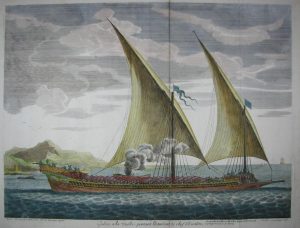
Religious Persecution in France
France worked hard to eliminate Protestant religions. And, in 1715 Lois XIV announced that he had done so. However, Protestants continued to persist in France despite loss of rights and persecution. The penalties for being a Protestant included confiscation of all property, life terms for men working the oars on the galleys (ships), and prison terms for women. Minsters, when caught, were often executed. In the era between when Francis’ father was likely born and when Francis was born, it is estimated that a couple thousand people were persecuted in some form for their religious beliefs.
As terrible as this seems, it appears that criminals (which would include anyone who did not follow the correct religious beliefs) were still being tortured or executed by inhumane means into the 18th Century. Torture was often used to gain confessions. Of course, once the person confessed, the punishment was often worse than the original torture.
In this case, both of Francis’ grandparents were burnt. This is consistent with an execution for heresy (having the wrong beliefs).
My Conclusion
I cannot prove this story true or false at this time. However, based on my research to date, I believe it is plausible that my 6th-great grandparents in my Pellett family were burnt for their religious beliefs.
Still, I wil be keeping an eye out for that old family Bible. Seeing exactly what is written therein could shed more light on the history of the Pellett family.
Note: Featured image of the Bible with the angel is from pixabay.com. Created by Darkmoon_Art.
 The Investigation
The Investigation Family History
Family History


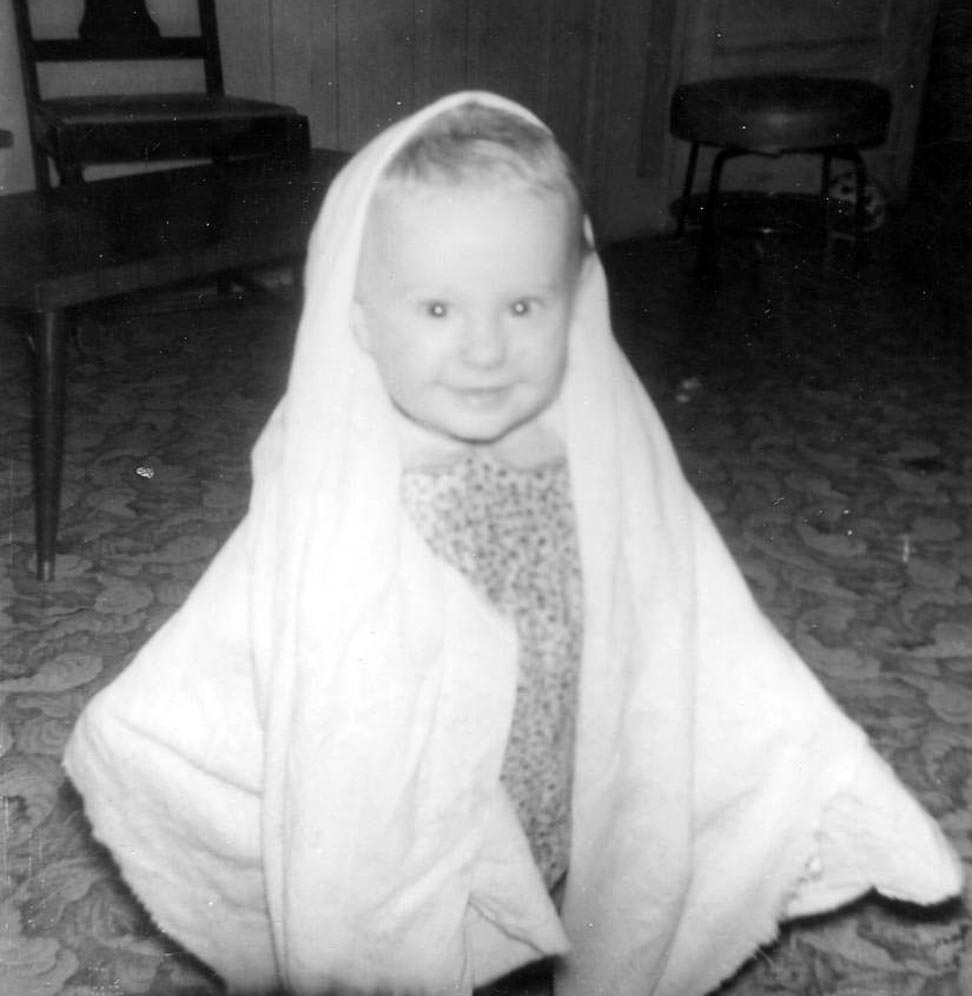
 Sources Of Interest
Sources Of Interest Key Interest
Key Interest






